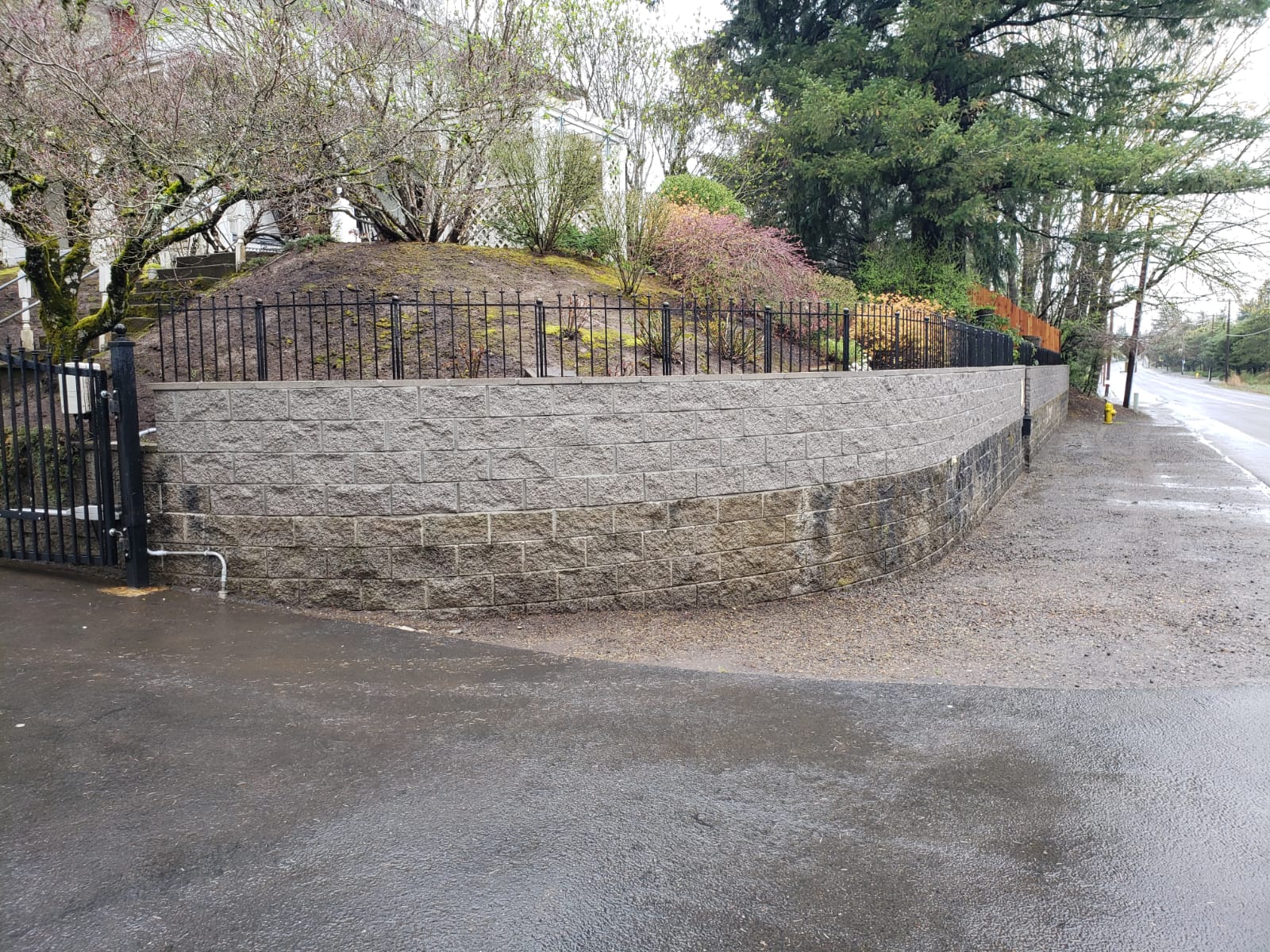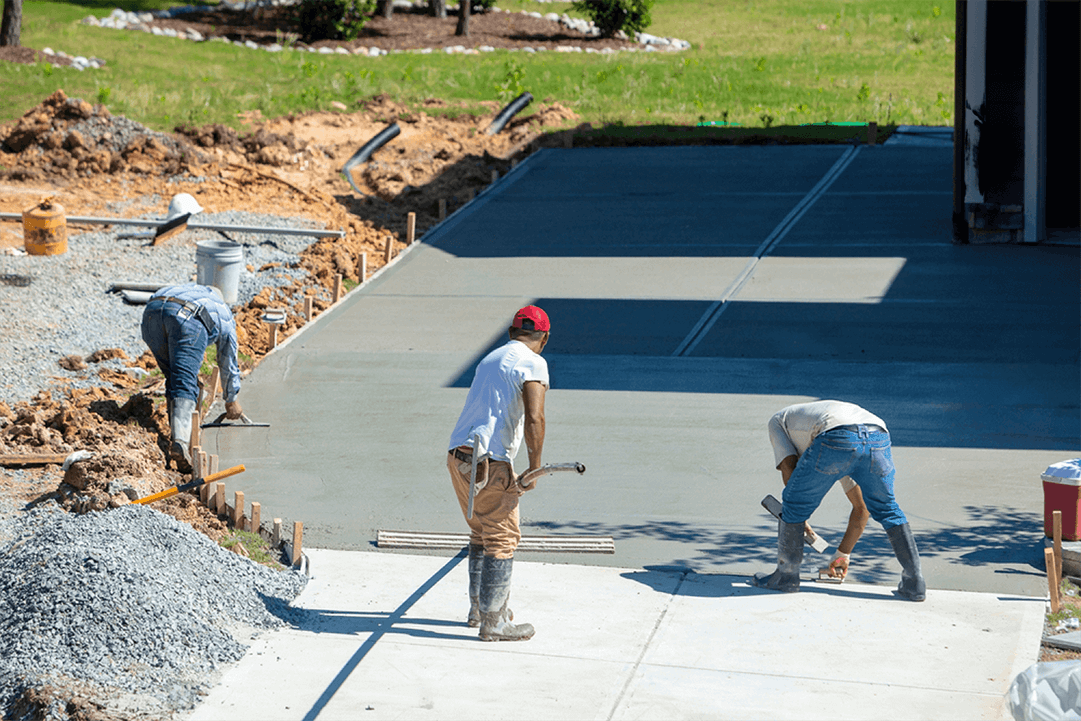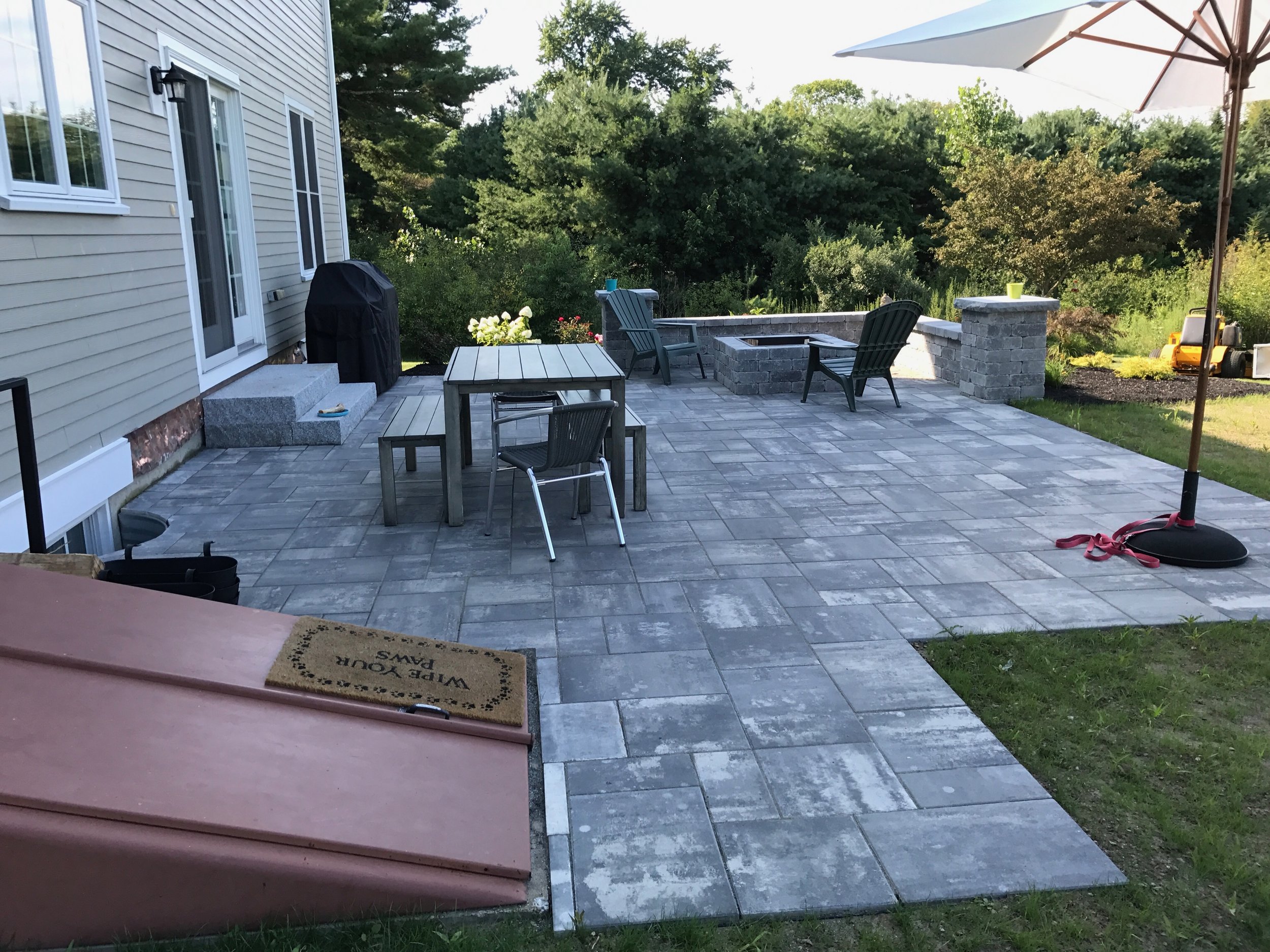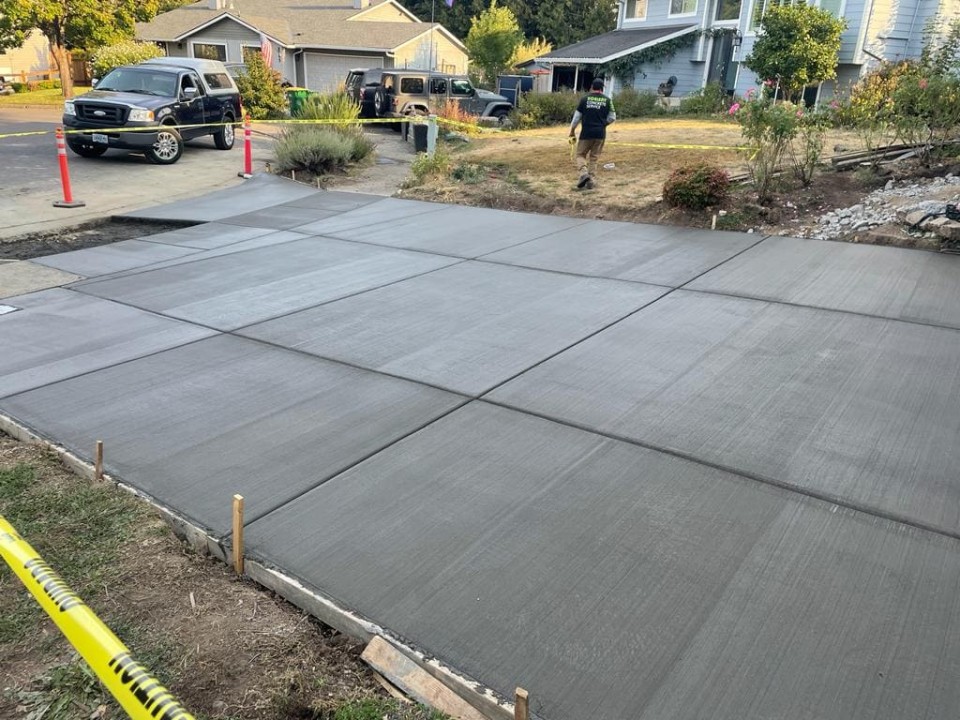A retaining wall is a structure constructed to either hold back materials that are located behind it or resist the lateral or horizontal pressure applied by soil. They are constructed to prevent the movement of filled-soil materials. In most cases, they are built to stop the earth from eroding and sliding downhill, which would otherwise cause problems. They are elevated in locations where two neighboring soils are at different levels, such as on slopes, mountainous terrain, and other similar environments.
On roadways, they see a significant amount of usage. In modern times, they are used to a large extent in the garden or landscaping industry to deal with diverse levels, which may be natural or constructed. Their primary purpose is to maintain pressure and to provide the contents of the filled space with some degree of stability.
The Retaining Wall Helps Prevent Damage to the Structures in the Neighborhood
The soil on the higher-raised region may fall or slide down slowly onto the building if the structure or residence is situated on a lower platform than the surrounding ground. It might result in structural issues or damage to the property. You may safeguard the structure or building that is already there by erecting a retaining wall, which will allow you to keep back this higher-level land.
The Gravity Load is Helpfully Resistant by the Retaining Wall
Suppose your property is situated in a region in which the lateral pressure of a slope is pressing an excessive force at another place. In that case, you should investigate the possibility of constructing a retaining wall to counteract the effects of gravity and prevent landslides and erosion.
Erosion may be Stopped by Using a Retaining Wall
The prevention of soil erosion by Concrete Retaining Wall is the most significant advantage offered by these types of structures. You may be dealing with runoff issues if your property has sloping areas. Building a retaining wall higher up on a slope is a great technique to slow or stop erosion.
Controls for the Retaining Wall Flooding
In certain instances, flooding may be brought on by heavy rainfall, which can result in substantial property damage. When built-in locations are prone to flooding, retaining walls keep soil in place and protect against erosion and floods during periods of high precipitation.
Rainwater may be diverted and used with the assistance of retaining walls
The rainfall that normally runs off may be redirected and put to greater use in your home gardens and grass turf if you create a brick retaining wall using an innovative design and apply it. It allows the water to be retained for longer. You may collect rainwater for later use by directing it into a collecting system using a Concrete Retaining Wall. This water can then be utilized to irrigate your garden and lawn.
Closing Remarks
When building a retaining wall, you may choose from various materials. In particular, retaining walls that are well-designed and constructed are environmentally friendly, need very little upkeep, are extremely practical, save space, draw attention to themselves, and are eye-catching. The correct planning and building of your retaining wall may be ensured with the assistance of a professional.




